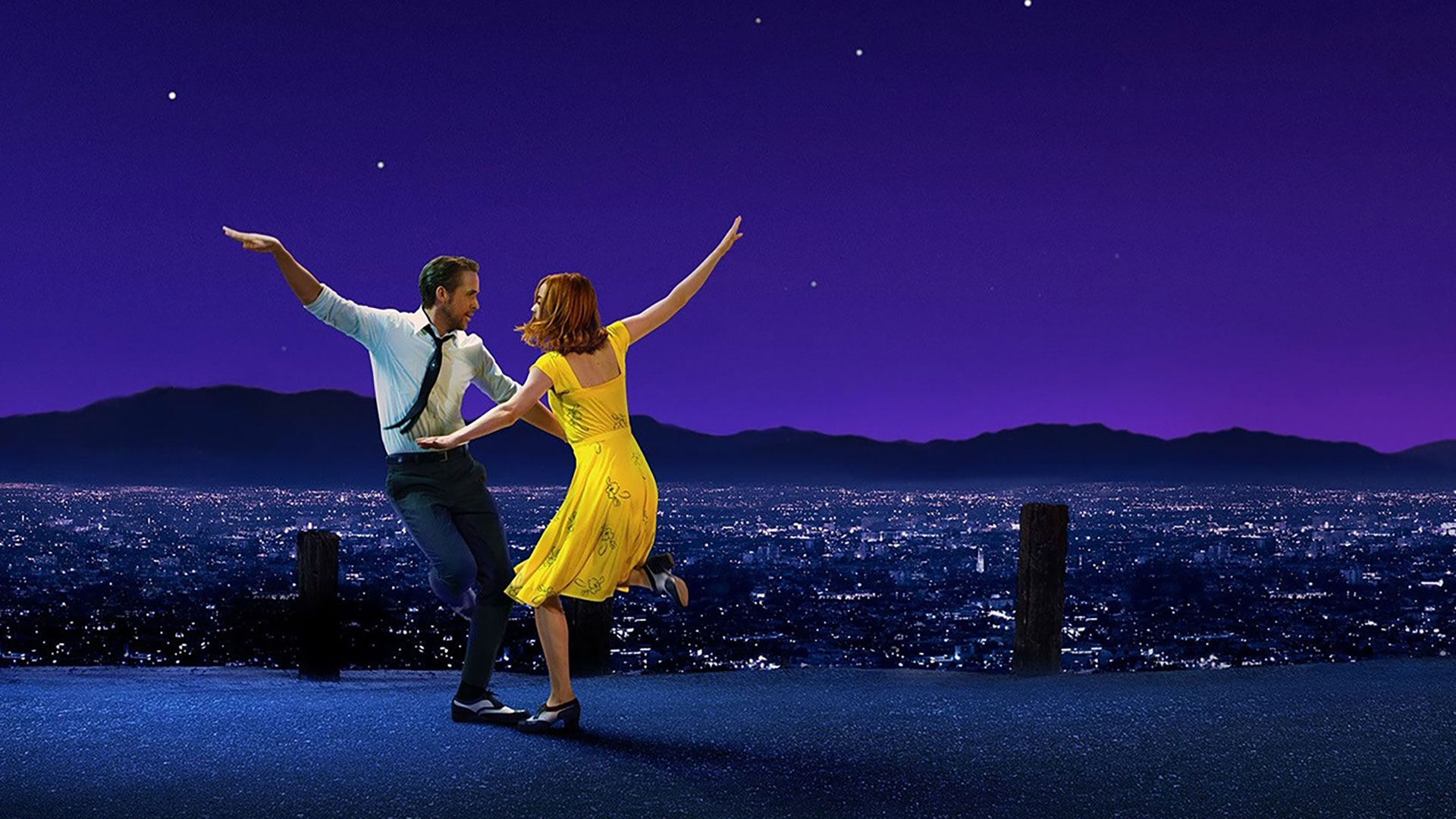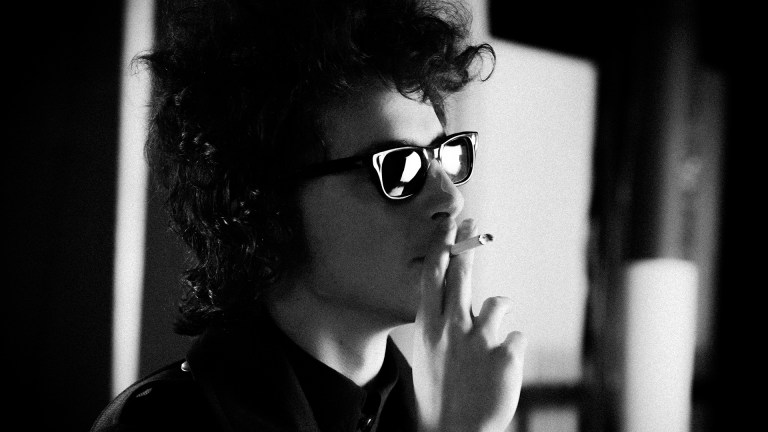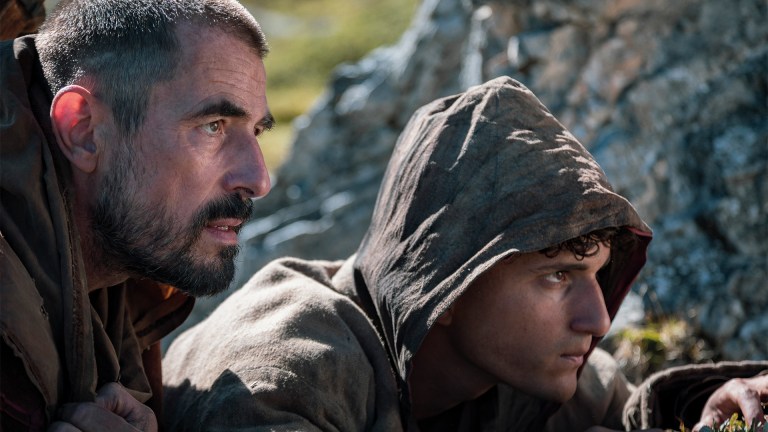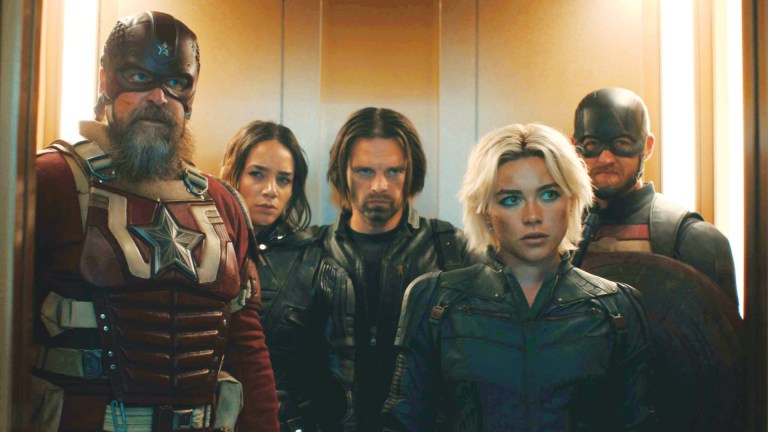Admittedly some people can’t stand musicals, just as some people have no appetite for opera. But since the beginning of cinema they have given us some sublime moments over the years. There is something about when a song really works in a musical – how disarming it is, how hard it has to work, especially in contemporary times, to overcome resistance of taste and expectations of realism – that is its own particular kind of magic.
Everyone finds their own language to define the medium they work in, although, of course, as the saying goes, talking about music is like dancing about architecture.
For all that, film scores have a transparent quality in their basic functioning. I think most modern audiences are aware of it and come away from a film with an impression and a memory of its score, whether or not the music is foregrounded – as in La La Land – or simply functional. And of course music is important. It’s one of the things that creates and defines the primary emotional content of almost any piece of cinema; Wagner’s “pure organ of the feeling” – simply, it reaches where words often cannot.
Musicals have been in and out of vogue even during my lifetime, let alone through the history of cinema. Of course, silent movies were never silent. In the absence of dialogue (and sound effects for that matter) the score had to work so much harder – and in some cases much more literally, which is interesting to observe. Also, back in the days when the score was performed live, and generally improvised, rather than encoded into the film, that must have been incredible to watch as an amalgam of playback and live performance. No two screenings the same!
For all of its heady romance, La La Land has a classical, streamlined, singular style
Cinema faced competition from TV in the 1950s and so was inclined to defend itself with its strongest suit, which is a sense of scale that TV can’t match. There’s a similar dynamic going on at the moment, with the artistic and production values of the best television so high, film is having to work extra hard for its cultural validity. What’s interesting is how movies like Moulin Rouge! and La La Land come along periodically and seem to catch the imagination and hearts of a much broader audience than you would expect. Perhaps one of the reasons of this is that both movies are really self-aware from the outset in the contract they propose to the audience, which in both cases involves not only a celebration of the form but also a complicity in playing with it for emotional and narrative purposes.
In some ways, you couldn’t imagine two more different films than Moulin Rouge! and La La Land, though both are love stories and musicals. The one is aggressively post-modern and eclectic, a dizzying amalgam of styles and references where variegation is celebrated and part of the joy is witnessing such diverse cultural references corralled into a single purpose. This adventurousness is summed up by one of [Moulin Rouge! director] Baz Luhrmann’s maxims that has always stuck with me: “Taste is the enemy of art.” And that’s a philosophy I’ve made use of and been inspired by a lot over the years. But [La La Land director] Damien Chazelle’s vision is much more aesthetically focused. For all of its heady romance, La La Land has a classical, streamlined, singular style – it stays within its boundaries rather than strives to break them. And makes a real strength of that. It’s not without its excesses of feeling, and flights of fantasy, to be sure but it is self-contained in its own tightly drawn set of values.









